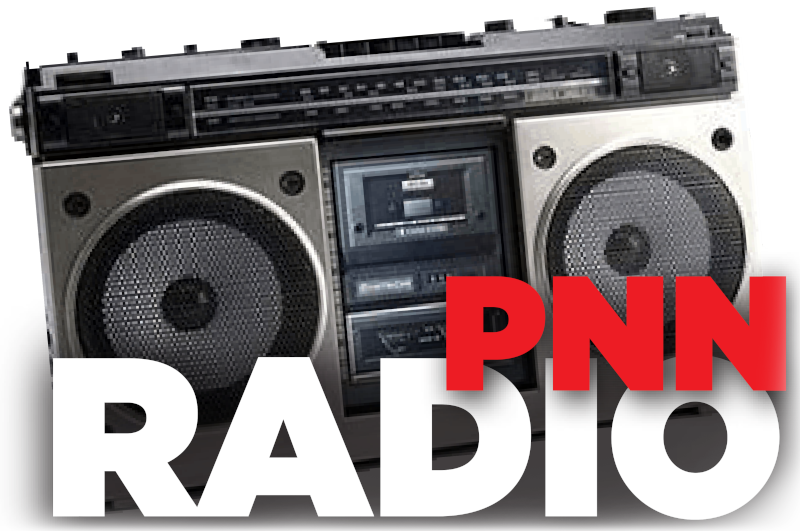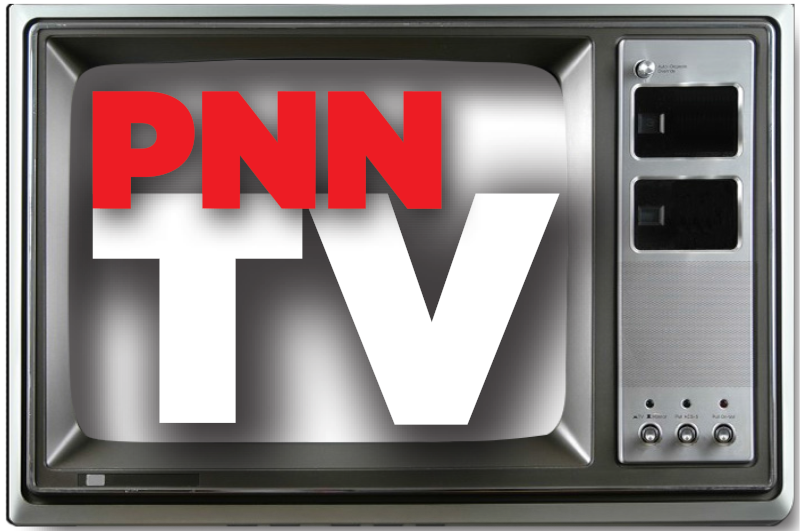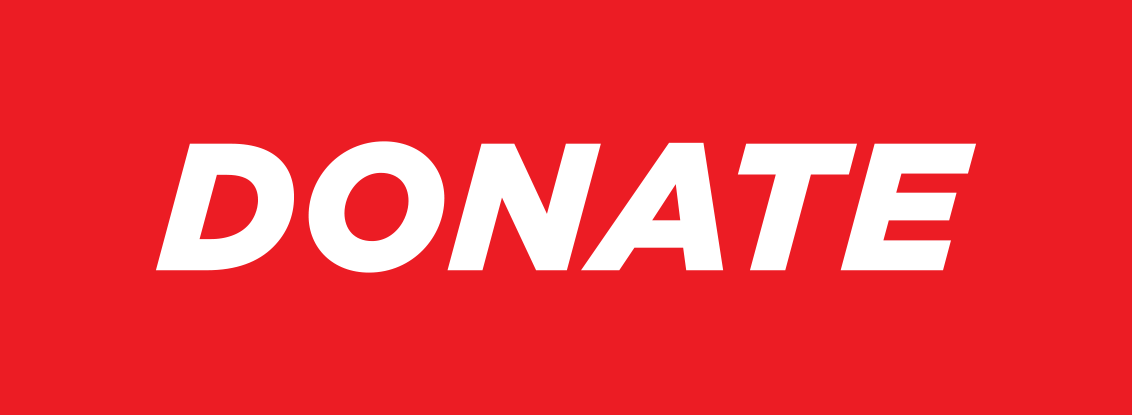 What do electricity/gas/water utilities, public transit systems, and department store/supermarkets have in common? We the people have been and are being sold on paying bills and fares digitally, on-line, whether we want to or not.
What do electricity/gas/water utilities, public transit systems, and department store/supermarkets have in common? We the people have been and are being sold on paying bills and fares digitally, on-line, whether we want to or not.
Safeway and other chain store shopper cards, Fast-Trak, and Smart Meter—systems that can follow a “customer/consumer’s” use of power and other necessities, purchases and movements around a city, county, or region—came first. By May 2011, four Bay Area counties will have removed fare boxes from public transit systems. First called Trans-Link, the new way to pay for a Bay Area bus, light rail or commuter train ride is called the Clipper card. Bay Area bridges were first, with the installation of the Fast-Trak system.
San Francisco Supervisor Ross Markarimi, the Board of Supervisors’ representative on the MTA (Metro Transit Authority) Board, which oversees all Bay Area transit systems, knew about Clipper before anyone else on the Board of Supervisors. Despite this knowledge, there was no discussion of it on the Supes’ Transportation Committee or MUNI’s board.
The card has been a two-year experiment (that Thornton Kimes thought would die a quiet death because of corporate news media reports that the company involved was having huge problems getting the system going elsewhere, as well as in the Bay Area). Honk Kong, with some mainland Chinese cities following, began using the “Octopus” Card in 1997 according to Wikipedia.
Golden Gate Transit was the first system to try TransLink/Clipper. A.C Transit followed suit, with MUNI next and other systems deciding they had to do it too. Wanna jump in a lake? Don’t mind if I do!!!
All these systems, going through incredible economic trials and tribulations these past few years, collectively spent $1 million to have a consultant tell them that the phrase “TransLink” wouldn’t go over too well with the public, thus the “Clipper Card” was born. It is true that there used to be “Clipper ships”, but that was back in the day. That was then, this is now—while the actual scanning machines are still called TransLink, we now have this unexciting name for a card we will all have to use.
Or, Thornton supposes, “Clipper” is actually a good name! It tells you exactly what’s being done to you every time you use the thing! Why do I and Bruce feel this way? Because the Clipper Card clips the poor.
Bruce feels scammed. San Francisco is, of course, one of the populations being scammed, but at least the card replacing MUNI’s current hodgepodge of payment methods will be good for a month and not suck money out every time a rider swipes. We can thank Ross Mirkarimi for that much, at least.
This is not true outside of San Francisco! Commuters, whether they work in San Francisco, or not, will have to pay attention to how much money is left on their cards. They will have to recharge their cards, just like FastTrak, just like a BART card. BART is switching to Clipper too. There’s no escape!
The A.M.I. (Average Median Income) in the Bay Area is $100,000. This may seem like small potatoes to folks making $40,000 and above, but anyone making poverty level (or less…) is gonna feel the burn. There will be Adult, Children’s, and Senior/Disabled Clipper Cards, plus the San Francisco card(s).
Folks in the Bay Area unable to watch tee vee because they couldn’t get a digital converter, or are otherwise engaged in the never-ending-struggle to survive (with not much time to read a newspaper, etc), will get an unpleasant surprise when the Clipper Card goes Full Time, All The Time.
The Digital Divide between rich and poor, as we have noted in previous POORmagazine articles (“Give A Sister A Break” {a.k.a. the iPAD story}…and others), continues and is getting worse. MUNI’s website obliges a Spanish-only speaking and reading person to navigate English-language web-pages to get to the translated-to-Spanish section. Clipped!



